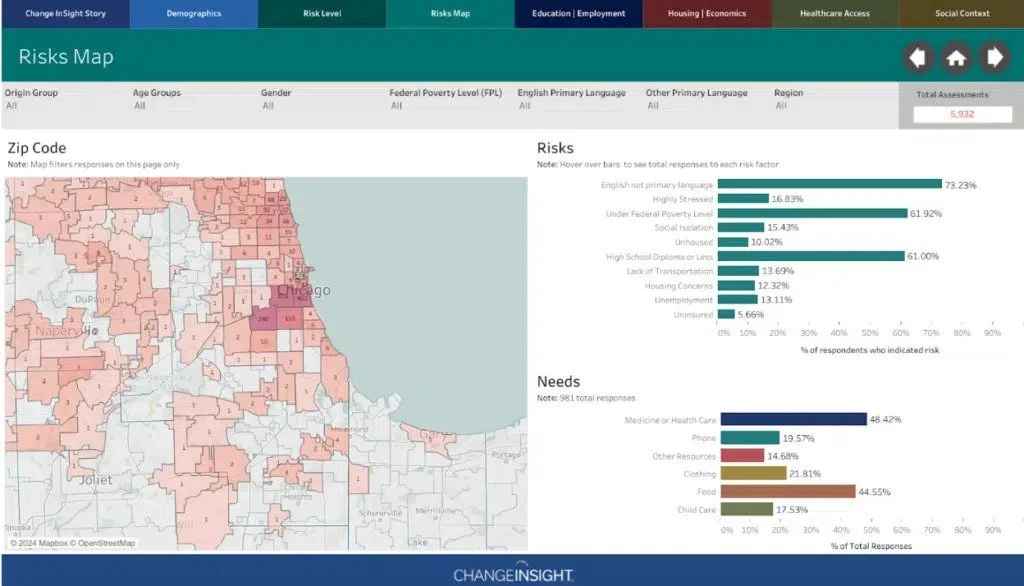Change InSight: Shedding Light on Inequities Facing Diverse AANHPI Communities
One of Provisio’s clients, the Chinese American Service League (CASL), is driving efforts to increase funding and awareness for issues facing the nation’s Asian American, Native Hawaiian, and Pacific Islander (AANHPI) communities through the creation of an initiative called Change InSight. Although this population is increasing – it has nearly doubled in the last two decades – funding for the socioeconomic and health issues they face has not. The AANHPI community only receives .20 per $100 spent by charitable donations.
CASL is a data-driven organization that has used the Salesforce platform for years to collect and analyze data affecting the people they serve. Now, they are supporting data gathering from partner organizations across the country to demonstrate the pressing needs of AANHPI communities. New laws and grants from philanthropic organizations are unlikely without tangible examples of the issues these communities are facing. This is why CASL created Change InSight.
What is Change InSight?
Change InSight is the first national social determinants of health (SDOH) data initiative for the nation’s AANHPI communities. Change InSight partners with community-based social service organizations to collect, analyze, and disseminate data to uncover the issues facing AANHPI communities and encourage and advocate for change.
What are the benefits of joining?
Partners have access to evaluated data and reports
Professional policy and research staff can help partners identify and define disparities unique to their clients and communities
Partners can use this data to help shape policy and apply for grants
There is no cost for organizations to join
In Year Two, Change InSight had 19 partners, but CASL wants to increase that number to collect more robust data. If your organization is interested in joining this effort, click here.
Ask the Data Question
Alex Montgomery, Director of CASL’s Center for Social Impact, explains the power of this data-collection tool. “It’s not just about data; it’s about what you can learn about your community and what they need. Then take action to help those who need it.”
For example, how are seniors doing with potential isolation? Are they getting the healthcare they need? The nutrition? The tool allows you to filter for specific data points, like age range and region, and assess risk levels. It is a simple and powerful way to show where organizations need funding.

